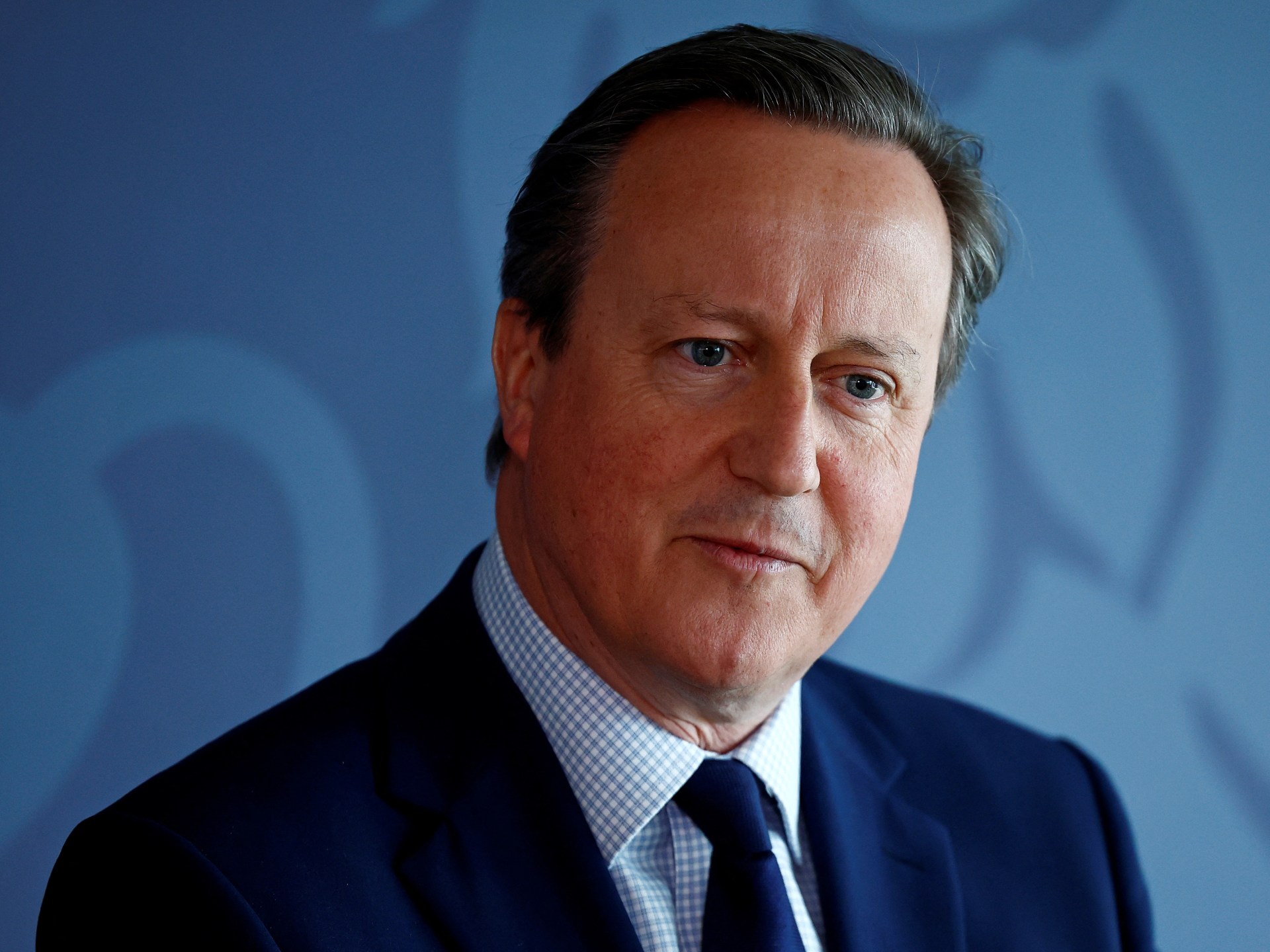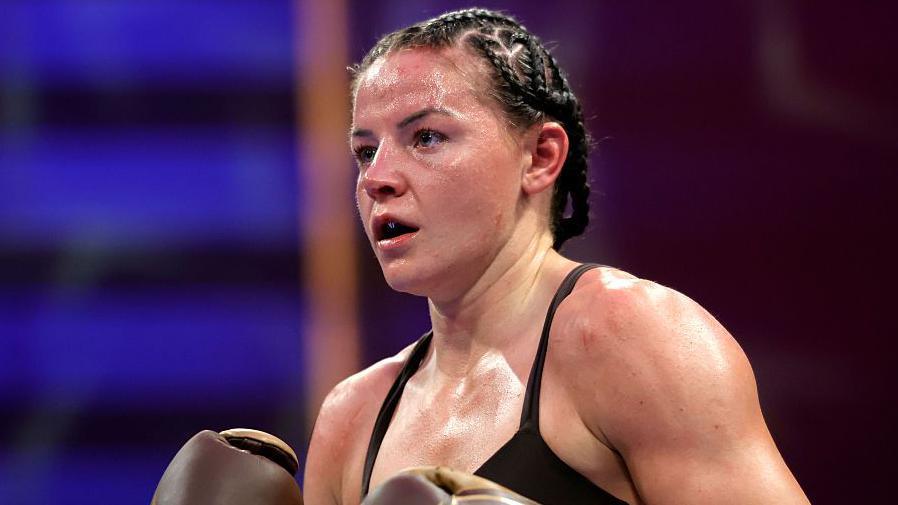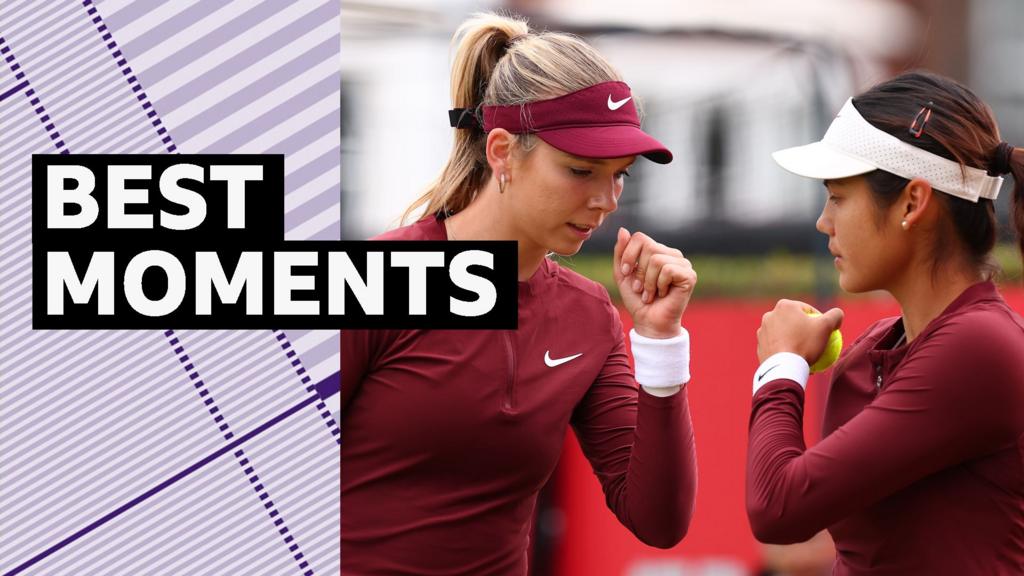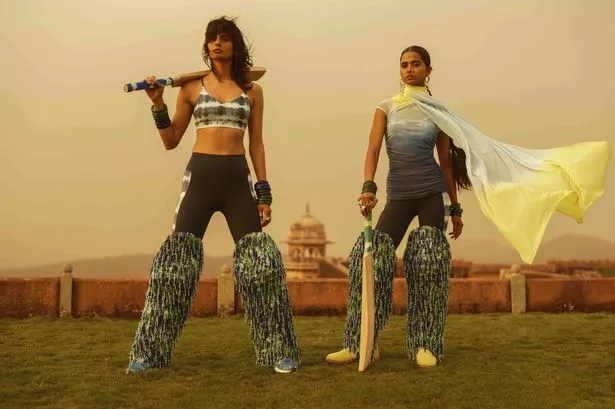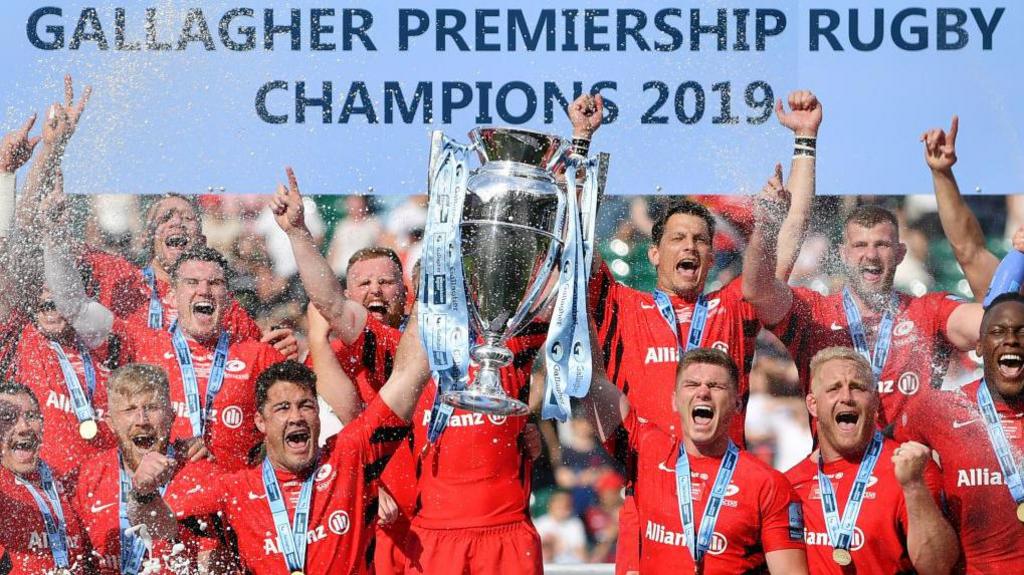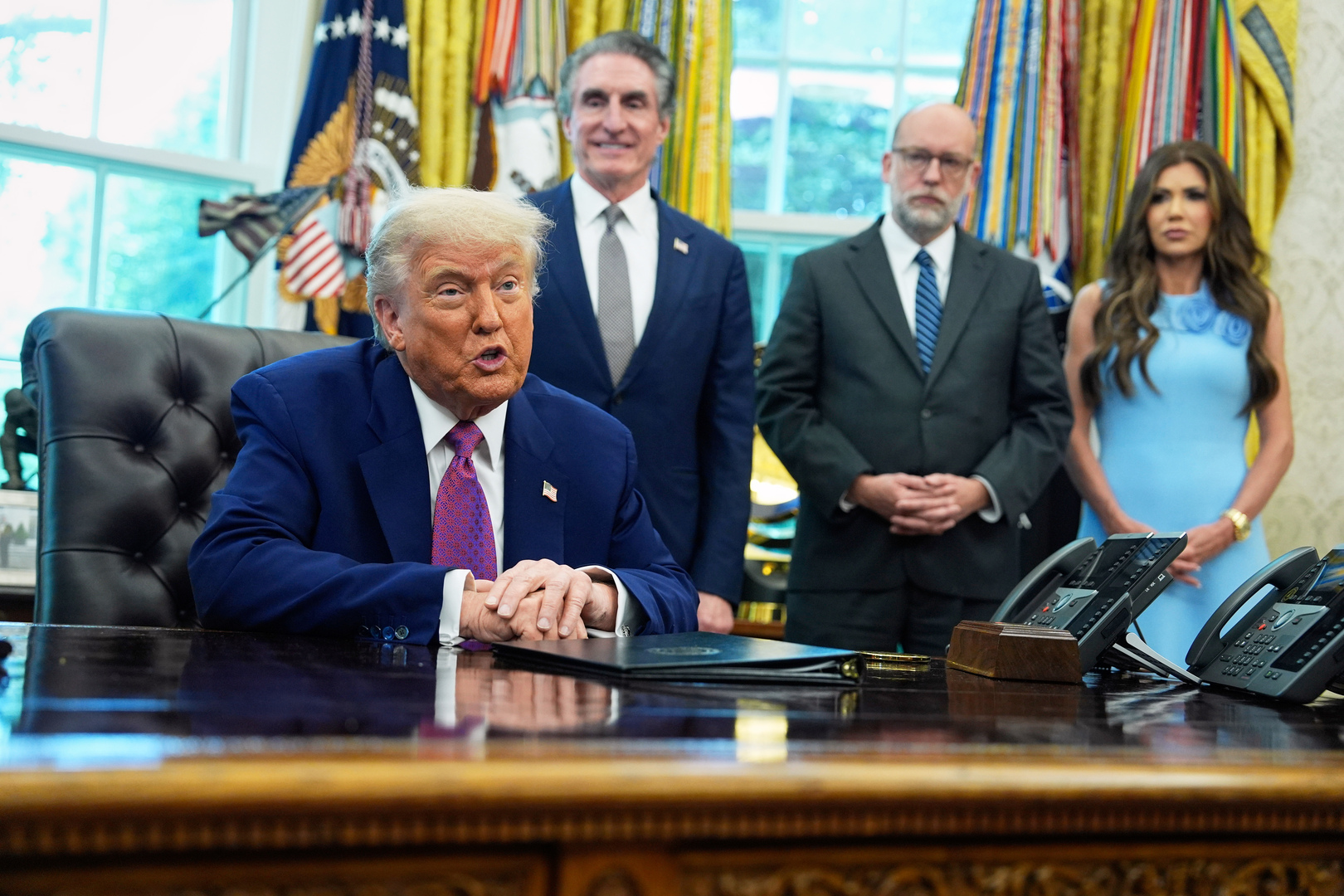Several United Kingdom lawmakers have criticised the previous government over allegations in a recent media report that former Foreign Secretary David Cameron “privately threatened” to defund and withdraw from the International Criminal Court (ICC) over its plans to issue arrest warrants for Israeli officials over alleged war crimes in Gaza.
The report, published on Monday by the UK-based outlet Middle East Eye (MEE), cited sources with knowledge of a phone call Cameron allegedly made to ICC chief prosecutor Karim Khan on April 23, 2024, after he had given advance notice of his intention to apply for the warrants targeting Israeli Prime Minister Benjamin Netanyahu and then Defence Minister Yoav Gallant.
MEE’s report cited unnamed sources, including former staff in Khan’s office, and had seen minutes of the conversation, claiming that Cameron warned the arrest warrants, which were issued in November that year, would be – in quotes reported by the sources – tantamount to “dropping a hydrogen bomb”, warning that if the ICC went ahead, the UK would “defund the court and withdraw from the Rome Statute”.
Khan reportedly stood his ground, with sources telling MEE that he said afterwards that he did not like “being pressurised”. “I won’t say if it rises to blackmail – I don’t like being threatened,” he reportedly said, adding that the government was “debasing” the UK with its clear attack on the independence of the court and the rule of international law.
Neither Khan nor Cameron, who was prime minister between 2010 and 2016, and now sits in the House of Lords as a life peer, has commented on the report.
Following the report’s publication, Labour Party MP Zarah Sultana said on X that Cameron “and every UK minister complicit in arming and enabling Israel’s genocide in Gaza” should be investigated.
David Cameron — and every UK minister complicit in arming and enabling Israel’s genocide in Gaza — must be investigated for war crimes. https://t.co/YYcsmFg1BN
Scottish National Party MP Chris Law said the allegations were “shocking”, but added the country was “not seeing much better under Labour”.
Shocking that the UK Tory govt tried to undermine the International Criminal Court for investigating those responsible for war crimes in Gaza. However not seeing much better under Labour #GazaGenocide https://t.co/Wd3nK9UkhV
Bell Ribeiro-Addy, a Labour MP, called for an “independent inquiry into the UK’s role in the Gaza genocide”.
Concerning new allegations, which suggest the last foreign secretary tried to shield Israeli leaders from facing justice for war crimes.
We need an independent inquiry into the UK’s role in the Gaza genocide.https://t.co/JROBHyqtDo
Zack Polanski, the deputy leader of the Green Party, was cited by MEE as saying: “It’s been clear for all to see that both the former and current government have stood with the oppressors, not the marginalised.”
When the ICC applied for the arrest warrants in May last year, the previous Conservative Party government, a strong backer of Israel, decried the move as “not helpful in relation to reaching a pause in the fighting, getting hostages out or getting humanitarian aid in”.




